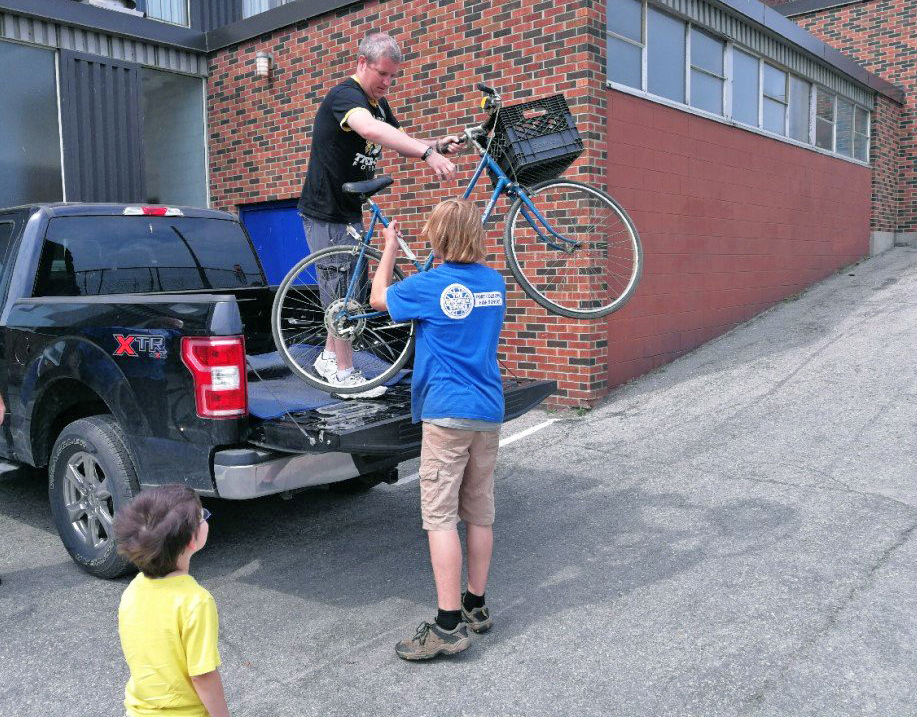
Blog Contributor: Chyna-Rose Bennett
Brock has partnered with World Wildlife Fund (WWF) Canada for the Living Planet at Campus project. Students will be able to participate in conservation activities on campus, in their communities, and even globally because of this cooperation. The partnership gives students a certification showing their involvement in the community and academia through ways of volunteering, a personal application, academics, leadership, as well as teamwork. The idea behind the certification is that the actions each of us take towards sustainability is important and influences combating climate change (Brock University).
The Personal Application
One aspect of the certification is the personal application. This is used to show how an individual has contributed to sustainability by completing a self-guided checklist of solution-based actions. A brief reflection on the positive personal and environmental impact is included with each checklist item (Brock University).
Decreasing Single-use Plastics
A topic covered in a few of the actions in the checklist is conservation through the reusing of resources. These include bringing your own mug/coffee cup, using reusable containers for food, bringing reusable bags for grocery shopping, as well as refusing the use of plastic straws and cutlery when eating out. All these actions require an individual to bring these items with them, thus reducing the amount of waste they generate. These actions are important because it limits the amount of single-use plastic generated and thrown into landfills. It is a simple sustainable action that can be done at an individual level, but results in a large overall change. Every year, up to 15 billion plastic bags are used in Canada, and about 57 million straws are used every day (Environment Canada, 2021).
So, remember if you are going grocery shopping, bring a reusable bag; if you are going to a coffee shop, bring a reusable cup/mug; and if you are eating out, bring a reusable straw and cutlery and remember to refuse any plastic items. These simple steps could have a large impact if everyone made this change.
The change starts with you!
References:
Brock University. WWF-Canada Living Planet @ Campus partnership. Brock University. (n.d.). Retrieved February 2, 2022, from https://brocku.ca/sustainability/wwf-canada-living-planet-campus-partnership/
Environment and Climate Change Canada (2021, July 12). Canada one-step closer to zero plastic waste by 2030. Canada.ca. Retrieved February 15, 2022, from https://www.canada.ca/en/environment-climate-change/news/2020/10/canada-one-step-closer-to-zero-plastic-waste-by-2030.html








